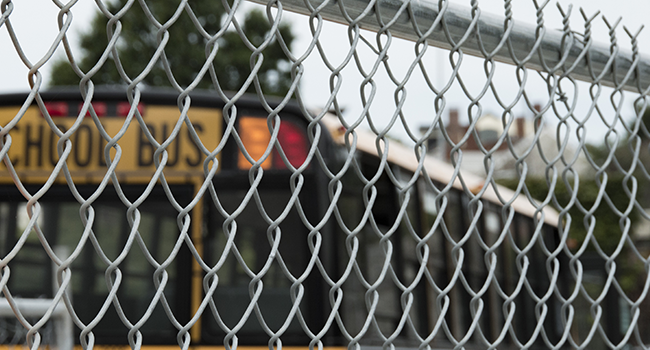
North Carolina School System Steps Up Security
Cumberland County Schools has initiated a number of security measures in the last few years, according to Bruce Morrison, the school system’s director of safety and security.
- By Jessica Davis
- May 10, 2019
Cumberland County Schools has initiated a number of security measures in the last few years, according to Bruce Morrison, the school system’s director of safety and security.
“You can never predict everything, but we’ve come a long way from where we were,” he said. “I think we’re a lot more prepared than a lot of school systems in the state.”
Morrison said all of the county’s middle and high school campuses have sheriff’s deputies that serve as school resource officers. Some of the officers serve multiple elementary schools. The school system hopes to use state grant funding to hire more SROs, with the goal of having one placed at each campus, he said.
Morrison said there are about 35 safe school coordinators in the school system, working mostly at the middle and high schools. The coordinators make sure the buildings are secure and are CPR-trained.
Officials at the schools have also begun a “School Angels” program, in which people volunteer to walk around campus properties during the day. More than 70 people participate, and the School Angels are trained to alert school officials if they see anything suspicious, Morrison said.
In addition to security staff, Morrison said the Cumberland County Schools has installed fences around the campuses of its 87 schools as well as added cameras at the doors.
Upon arriving at a school campus, visitors are directed to a door that leads into the main office. They have to be buzzed into the building, Morrison said, “you can’t just walk in.”
The school system performs a system-wide lockdown drill once a year, and schools have also carried out “tabletop exercises,” Morrison said. The tabletop exercises require staff members to imagine what they would do in certain incidents. Staff members discuss the choices they’d make and actions they’d take, and ask officials questions about the best course of action.
The tabletop exercise scenarios help prepare the staff for emergency situations, Morrison said.
“It’s not thinking off the hip,” he said. “They’ve already been thinking about it.”
According to Morrison, about 95 percent of the system’s planned school security projects are complete. The rest of the projects are scheduled to be finished this summer.
About the Author
Jessica Davis is the Associate Content Editor for 1105 Media.